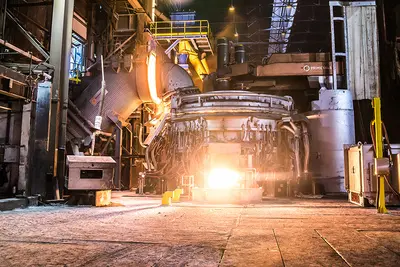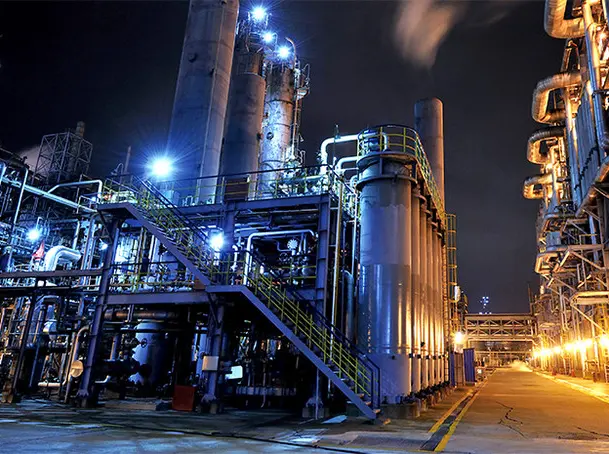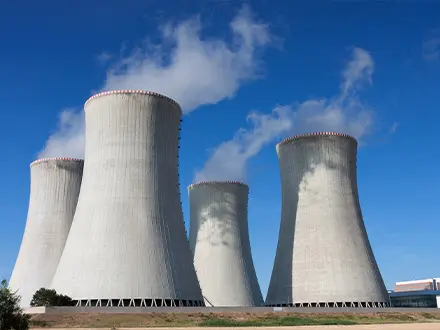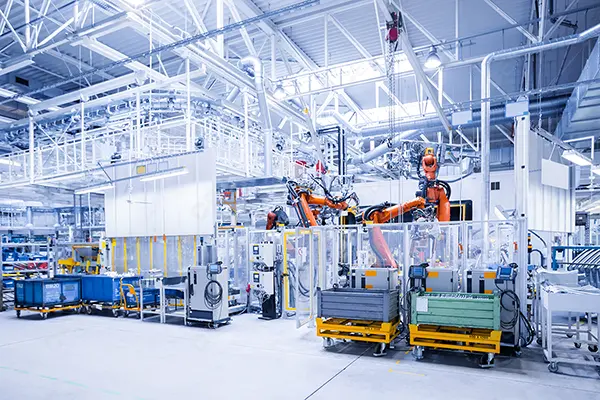Our quartz view windows are precision-engineered components crafted from high-purity fused silica, specifically designed for critical observation and inspection in challenging environments. These high-performance windows offer excellent light transmission across the entire spectrum (exceeding 93% in the visible range), superior resistance to high temperatures and corrosive chemicals, and robust electrical insulation. Ideal for vacuum chambers, furnaces, scientific instruments, and industrial processes where clear, durable viewing is essential, our quartz viewports ensure reliable performance under extreme conditions.
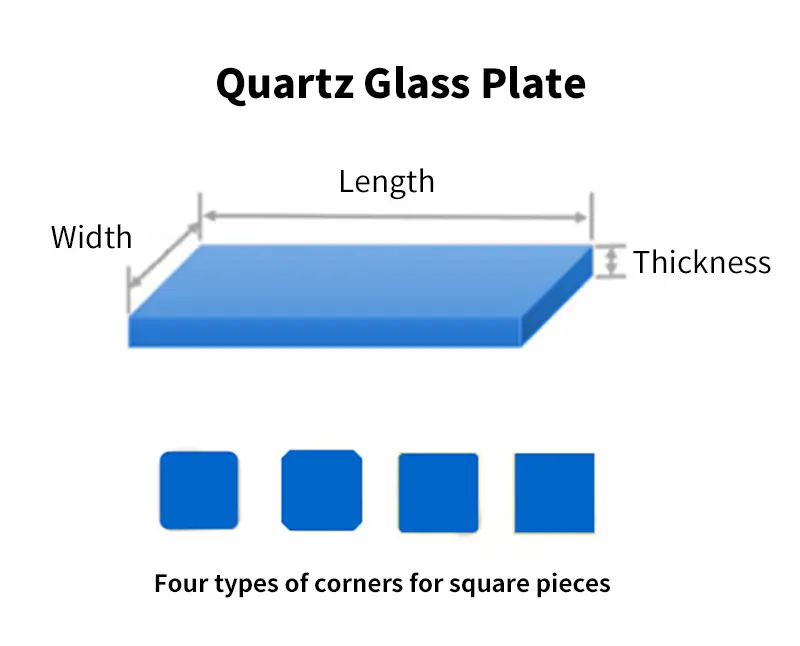
- ayment method: By wire transfer or advance payment, depending on the quantity of the order.
- Delivery time: According to the order quantity.
- Transportation method: Sea freight or air freight, depending on the customer.
Remarks:
To confirm the order, The following parameters need to be provided: ① Square: length, width, thickness ② Circle: diameter, thickness ③ Accuracy ④ Quantity
| Property Content | Property Values |
|---|---|
| SiO2 | 99.99% |
| Density | 2.2×10³ kg/cm³ |
| Hardness | 5.5 - 6.5 Mohs' Scale 570 KHN 100 |
| Tensile Strength | 4.8×10⁷ Pa (N/mm2) (7000 psi) |
| Compression Strength | >1.1×10⁹ Pa (160,000 psi) |
| Coefficient of Thermal Expansion | 5.5×10⁻⁷ cm/cm·°C (20°C-320°C) |
| Thermal Conductivity | 1.4 W/m·°C |
| Specific Heat | 670 J/kg·°C |
| Softening Point | 1730°C (3146°F) |
| Annealing Point | 1210°C (2210°F) |
| Strain Point | 1120°C (2048°F) |
| Work Temperature | 1200°C (2192°F) |
| Electrical Resistivity | 7×10⁷ ohm cm (350°C) |
| Size | Customized |
| Logo | Customized Logo Accept |
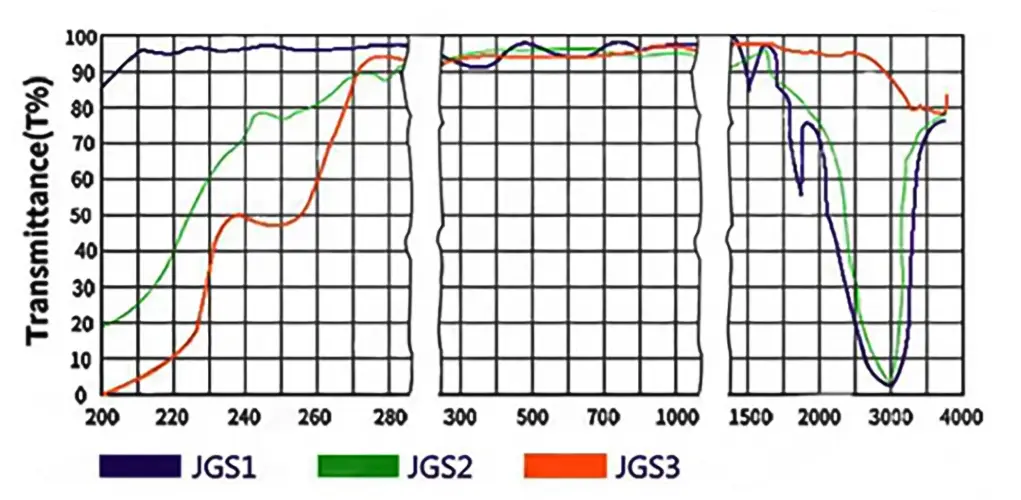
JGS1
Commonly known as UV-grade fused silica, this material exhibits exceptionally low dispersion and very high transmittance in the ultraviolet (UV) spectral range.
JGS2
Similar to JGS1, but may have variations in specific performance parameters such as transmittance and thermal expansion coefficient, depending on the manufacturer’s standards.
JGS3
Typically used in applications requiring higher purity or specialized performance characteristics. Specific performance parameters can vary based on the manufacturer.
High-Temperature Resistance
Quartz glass, as the primary material for these view windows, exhibits extremely high-temperature resistance. Its softening point reaches approximately 1730°C, and it can be used continuously at 1100°C, with short-term use up to 1450°C. This enables high-temperature quartz view windows to withstand various high-temperature environments without deformation or fracture.
High Light Transmission
Quartz glass typically has a light transmittance greater than 90%, with transmittance exceeding 93% in the visible light range, and a high transmittance in the UV spectral range. This high light transmission allows high-temperature quartz view windows to provide a clear view of production processes within high-temperature equipment.
Chemical Stability
Quartz glass possesses excellent chemical stability, with almost no reaction to other acids, and acid resistance that is 30 times greater than ceramics and 150 times greater than stainless steel. This allows high-temperature quartz view windows to operate reliably over long periods in corrosive environments, such as acids and alkalis.
Low Thermal Expansion Coefficient
Quartz glass has a very low thermal expansion coefficient and can withstand sudden temperature changes. Even when heated to approximately 1100°C and then quickly placed into room-temperature water, it will not fracture.
Application Scenario
Quartz view windows have good light transmission across the entire spectrum from ultraviolet to infrared, with a visible light transmittance exceeding 93%. In the ultraviolet spectral range, the transmittance can reach over 80%.
Quartz view windows exhibit high dielectric strength and very low electrical conductivity (low dielectric loss). Even at high temperatures, their electrical conductivity and dielectric loss remain lower than those of many other materials, making them suitable as high-frequency and voltage insulation materials under high-temperature and mechanical stress conditions.
Quartz view windows possess excellent chemical stability and, with the exception of hydrofluoric acid, exhibit almost no chemical reactions with other acids, and have excellent corrosion resistance.
Frequently asked questions
We specialize in the end-to-end manufacturing of high-purity quartz glass components. Our core product lines include:
Quartz Tubing & Rods: A wide range of diameters and specifications.
Quartz Plates & Discs: Precision-cut and polished for optical and industrial use.
Quartz Labware: A full suite of standard and custom glassware, including beakers, flasks, and boats.
Semiconductor-Grade Quartz: High-purity components like process tubes and carriers for semiconductor fabrication.
Custom Fabricated Components: We can produce complex parts tailored to your unique designs and specifications.
Yes. Custom fabrication is at the core of our business. With over a decade of specialized experience, we partner with companies to provide expert OEM/ODM services. Our capabilities include welding, grinding, drilling, polishing, bending, and other precision processing techniques to create components that meet your exact requirements.
Quality is paramount in our manufacturing process. We are an ISO 9001:2015 certified manufacturer, ensuring that our processes meet international quality management standards.Our products also undergo rigorous SGS testing for purity and performance. We use high-purity raw materials (up to 99.998% SiO2) to produce fused quartz and fused silica products with exceptional thermal stability, high-temperature resistance, and chemical inertness.
We've streamlined our process to be as efficient as possible:
Submit Your RFQ: Send us your technical drawings, specifications, and requirements via our website contact form or email.
Rapid Response: You can expect an initial response within minutes and detailed communication within half an hour.
Design & Proposal: We will deliver a detailed design proposal and a competitive quote within 24 hours.
Prototyping & Production: Upon approval, we move swiftly from prototyping to full-scale production to meet your deadlines.
Partnering with Aoxin Quartz offers several key advantages:
Proven Expertise: With 10+ years in the industry, we have the technical knowledge to tackle complex challenges.
One-Stop Solution: We manage the entire production process, from sourcing high-purity raw materials to fabricating and finishing complex components.
Competitive Value: Located in a major quartz production hub, we leverage an efficient supply chain and advanced manufacturing to offer exceptional quality at a competitive price point.
Dedicated Partnership: Over 90% of our clients become long-term partners. We are committed to your success through responsive service, reliable quality, and innovative solutions.


